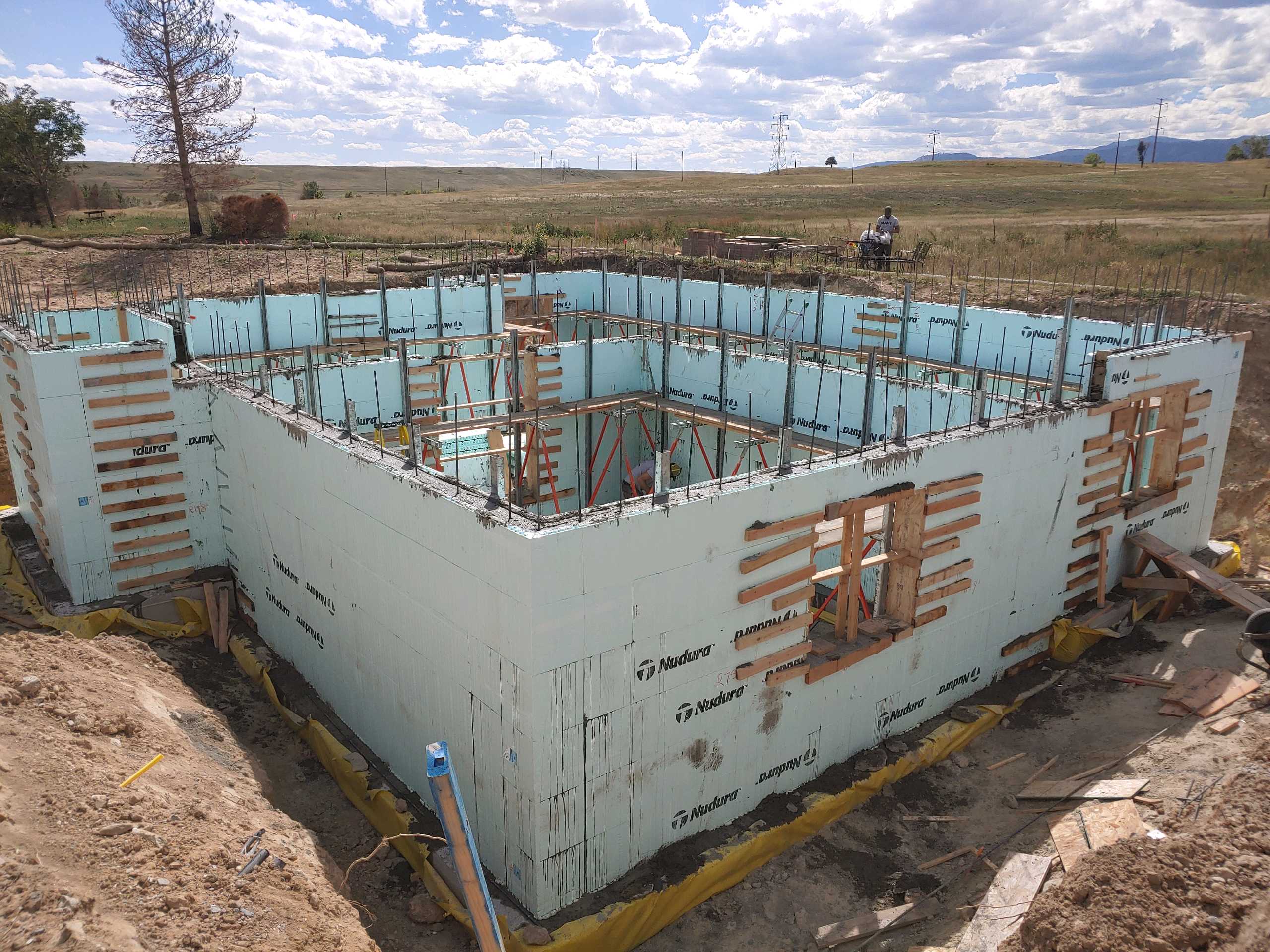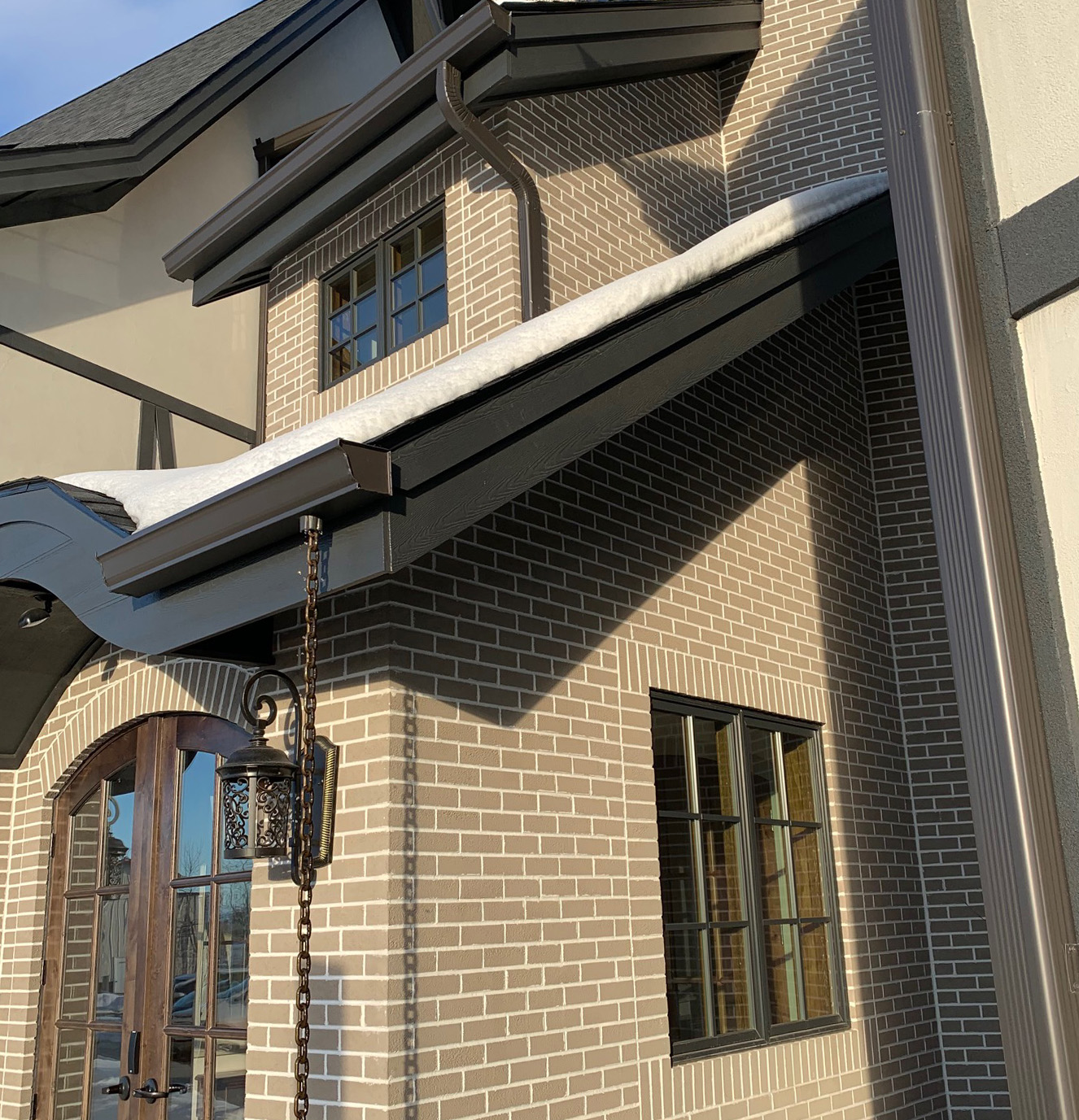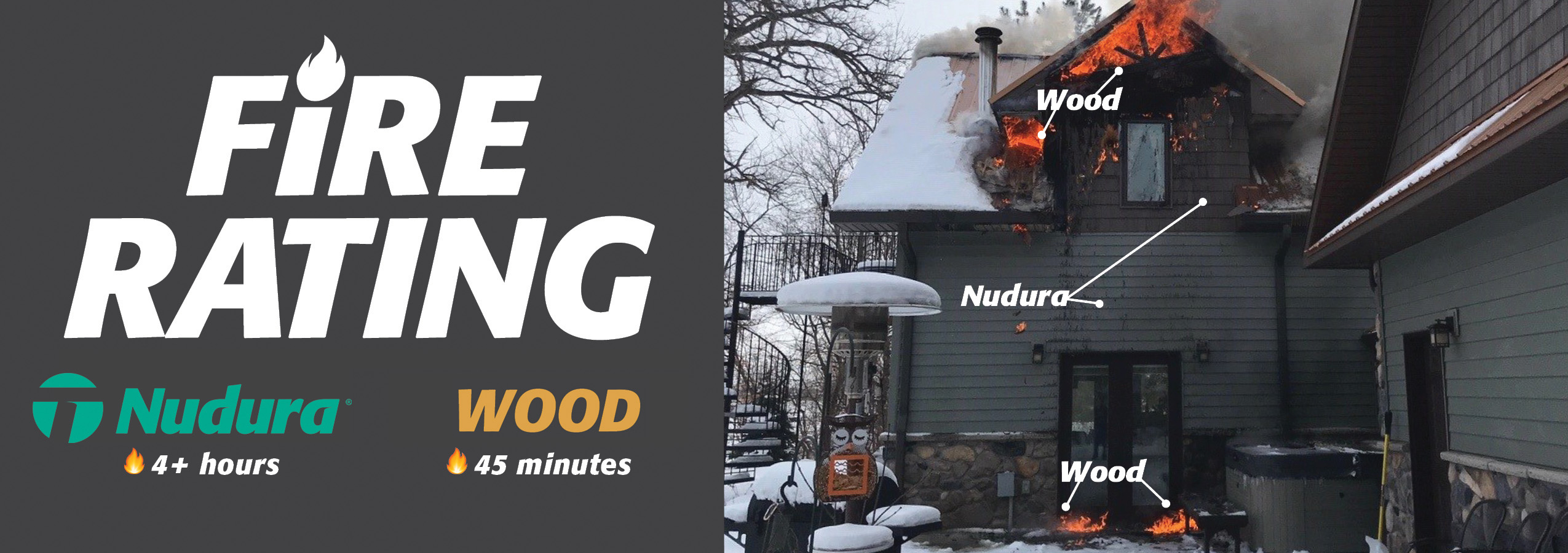
- Products
- Why Nudura
- Nudura Project Applications
- Training Academy
- Resources
- Company
This year has been a record-setting one for wildfires around the world, from fires in the Canadian north shrouding major cities like New York in an eerie haze to deadly blazes on the Hawaiian island of Maui. For these reasons and more, many people planning a new home want to ensure that it’s built to last. While you can never build a completely fire-proof house – or at least one anyone would want to live in, there are steps you can take to make a gorgeous home that’s fire-resistant and more likely to weather a firestorm.
For these reasons and more, many people planning a new home want to ensure that it’s built to last. While you can never build a completely fire-proof house – or at least one anyone would want to live in, there are steps you can take to make a gorgeous home that’s fire-resistant and more likely to weather a firestorm.
Here are five key areas to focus on if you want to build your fire-resistant dream home.
1. A Solid Footing
Every good house starts with a solid foundation. And there’s no better foundation for building a fire-resistant home than one made with insulated concrete forms, or ICFs. ICF walls can resist fire for three to four times longer than wood-framed walls.
An 8”-thick ICF wall, for example, has a 4-hour fire-resistance rating, compared to a 1-hour rating for a wooden wall. Those extra hours can be the difference between a home that burns to the ground and one that stays standing after the fire has passed. And, more importantly, the extra time to escape the building could literally save lives.
But ICFs aren’t limited to just foundations. In fact, you can form the exterior walls of an entire home from basement to eaves, giving you protection from top to bottom.
When the Marshall Fire came through Boulder County, Colorado in December 2021, the Morris family had only 2 minutes to evacuate before their home was totally destroyed. The entire subdivision was quickly enveloped by what would become the most destructive wildfire the state had ever experienced.
In the aftermath, the Morris family sought to rebuild their home on the same plot of land but with greater resiliency in mind. After having already gone through one catastrophe, they needed peace of mind that they’d be protected in the event of another fire. They looked to alternative building methods to traditional wood-frame construction and decided on Insulated Concrete Forms from Nudura. Hear from both the contractor and homeowner in this video:
2. Robust Roofing
Your roof takes a beating year-round. Depending on where you live, it could have to withstand everything from searing summer heat and torrential rains, to hail and heavy winter snow loads. Across most of North America, asphalt shingles are the most popular choice for roofing material in large part because they’re relatively cheap to install. But they don’t stand up to the elements and usually require repairs or complete replacement in 10 to 20 years.
A metal roof, by contrast, is recognized as having among the highest fire-resistance ratings, plus can withstand the rain, snow and whatever else Mother Nature throws at it. They’re so durable, many brands come with 40- or 50-year warranties.
Tile is another durable, fire-resistant option, but the roof’s framing may need reinforcement to support the additional weight load
3. Ironclad Options

The material you choose to clad your exterior walls will have a major impact on your home’s fire-resistance. Vinyl siding, for example, is affordable, but it will literally melt if exposed to too much heat.
Masonry is a timeless option for exterior cladding that suits both classic and contemporary designs. Whether you choose brick, brick veneer (thin slices of brick), natural stone or manufactured stone, all are fire-resistant.
Another attractive alternative is to use exterior insulation and finish systems, or EIFS, which are a multi-layered solution that includes insulation, an air/weather barrier, and a durable finish. With an array of colors and textures available, this is a versatile façade option for any aesthetic. Some exterior finishes, including Dryvit’s Outsulation lineup, are fire-rated. For this design flexibility and performance over an ICF wall, look to textured acrylic finishes (TAFs).
There are also fire-rated composite siding materials on the market in a variety of styles, including those that mimic traditional shakes or shingles.
If you’re building on a tear-down lot in a dense urban area, the local building code will likely require the use of fire-resistant exterior cladding on walls facing neighboring properties.
4. Window Wise
Most contemporary designs feature large, floor-to-ceiling windows to maximize the amount of natural light coming in, but those large panes of glass are a weak point in the building’s façade.
Double-glazed windows – meaning those with two panes of glass with an air-tight seal between them – are standard in new construction. If the outer glass cracks from the heat, the inner layer still provides protection. Top-of-the-line triple-glazed windows add yet another layer of defense and provide the highest energy efficiency ratings.
Another consideration is to use fire-rated exterior doors for all entrances.
5. Grounds Crew
Finally, make sure your property isn’t filled with flammable items that could feed a fire. For one, don’t store combustible items, including firewood and patio cushions, against the side of the building.
You should keep your grass trimmed short, rake up leaves and other debris, and prune back any dead branches on your trees and shrubs.
As mentioned, it’s nearly impossible to build a completely fire-proof home. But by choosing the right materials and maintaining your yard, you can increase your home’s chances of survival if a wildfire or neighboring residential fire does occur in your area.
CONTACT US
We’re committed to supporting homeowners and design professionals who are interested in or use our products. We’re always happy to help and provide more information.





